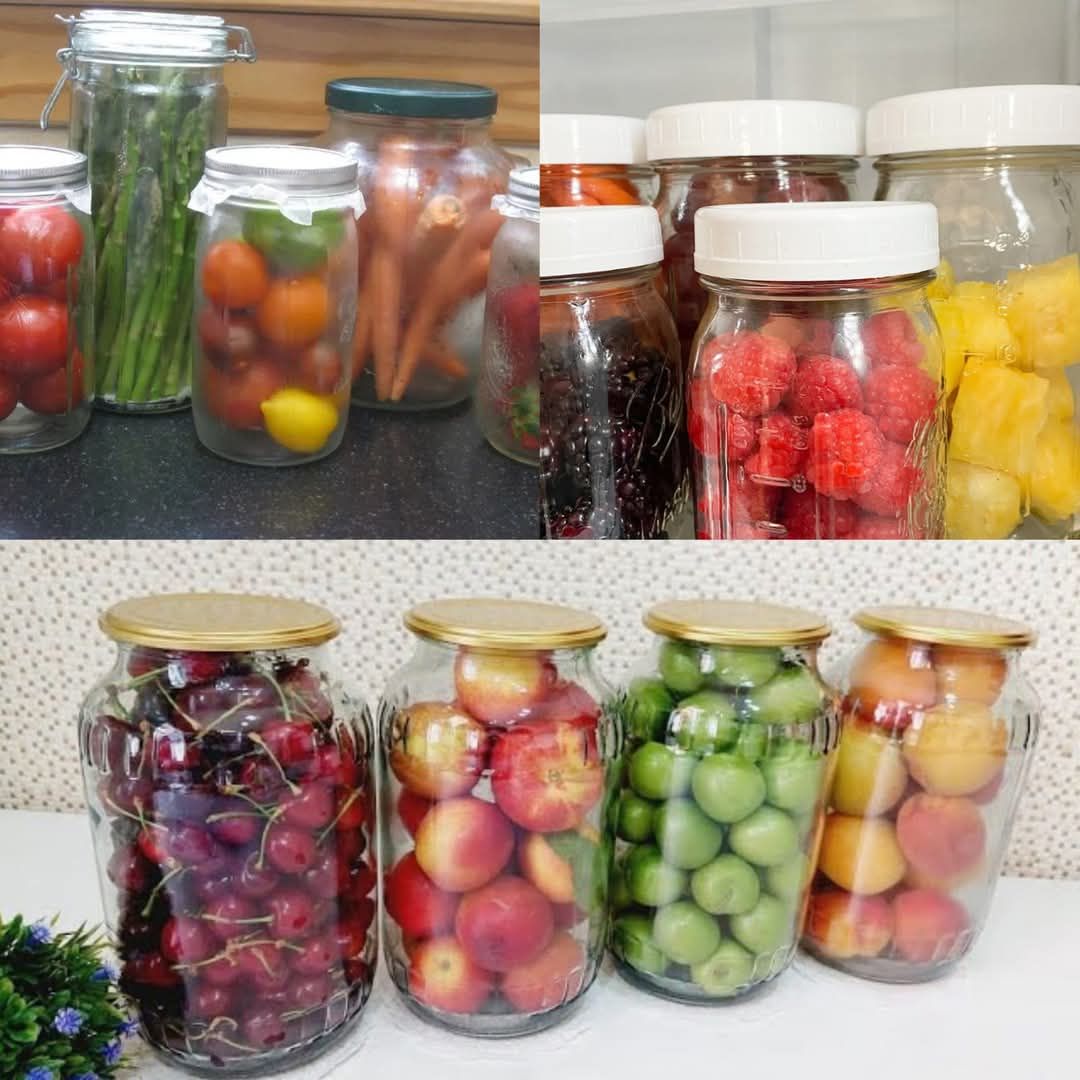ADVERTISEMENT
Certainly! Here’s an engaging article based on your title “Without a Fridge! The Secret of Keeping Fruits Fresh for 12 Months”:
Without a Fridge! The Secret of Keeping Fruits Fresh for 12 Months
In today’s fast-paced world, refrigeration is often taken for granted as the ultimate solution to preserve fresh produce. But what if you don’t have access to a fridge, or want to reduce energy consumption? Is it possible to keep fruits fresh for an extended period without chilling them? The answer is yes—and some traditional methods have proven incredibly effective for preserving fruits for up to a year!
The Challenge: Freshness Without Refrigeration
Fruits are delicate, living products that continue to respire and degrade after harvesting. Without proper preservation, they spoil quickly due to moisture loss, microbial growth, and enzymatic reactions. Refrigeration slows these processes dramatically, but in many parts of the world, or during outdoor activities like camping or travel, a fridge isn’t always an option.
So, how can we preserve fruits’ freshness for months on end without modern cooling?
The Secret: Natural Preservation Techniques
Several time-tested methods enable you to extend the shelf life of fruits naturally. Here are some of the most effective:
1. Drying and Dehydration
Removing moisture from fruits is one of the oldest preservation methods. Dried fruits like raisins, apricots, and dates last for months without refrigeration. Sun-drying, air-drying, or using a dehydrator removes water, reducing the environment microbes need to grow.
2. Root Cellaring
Root cellars or cool, humid underground storage mimic natural cold conditions. Fruits like apples, pears, and certain citrus fruits can be stored for months in these cellars without refrigeration. The cool temperature slows metabolism, while humidity prevents shriveling.
3. Natural Coatings
Applying edible coatings like beeswax or natural oils forms a protective barrier against moisture loss and oxygen exposure. This method helps maintain fruit texture and delays spoilage.
4. Fermentation and Pickling
Some fruits can be preserved through controlled fermentation, which produces beneficial acids and limits harmful bacteria. Pickled fruits stored in sealed jars can last for months or even years.
5. Using Ash or Sand
In some cultures, fruits are buried in ash or sand to maintain coolness and moisture. This insulating layer keeps fruits fresh by reducing airflow and temperature fluctuations.
